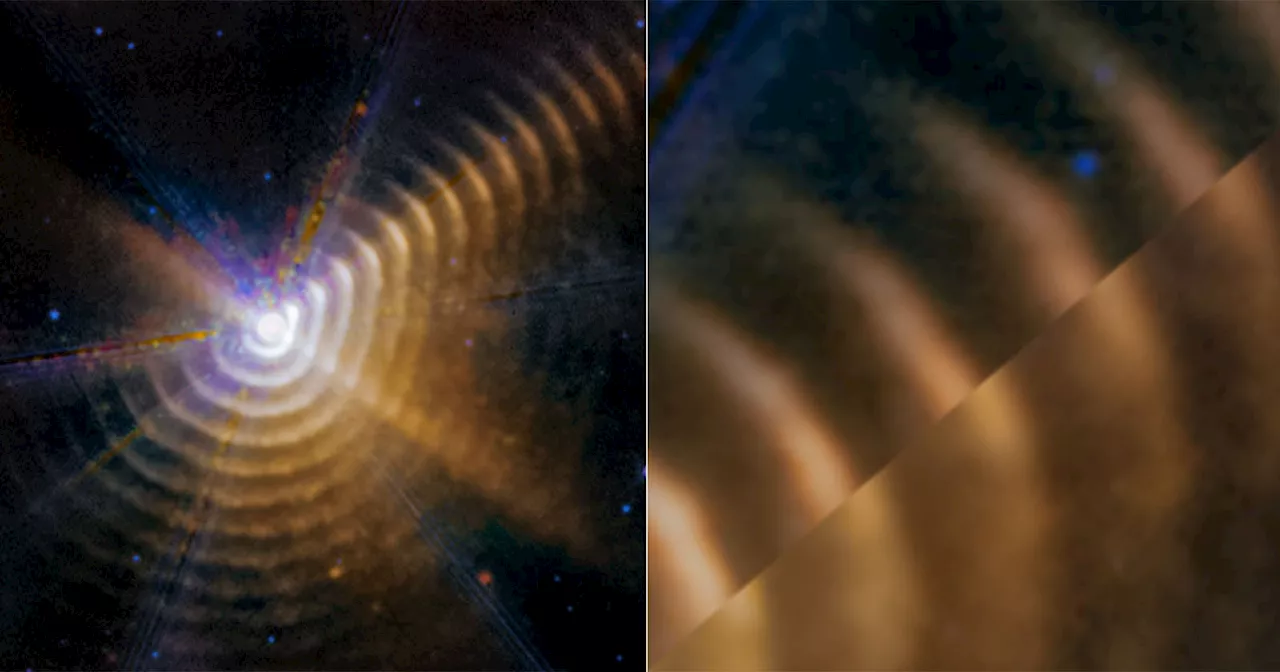The James Webb Space Telescope (JWST) has captured images of two stars in the Wolf-Rayet 140 system, actively producing carbon-rich dust. This dust, ejected during collisions of the stars' winds, may eventually form new stars and planets. The telescope's Mid-Infrared Instrument (MIRI) revealed 17 shells of dust expanding at speeds exceeding 1,600 miles per second. Scientists are using these observations to learn how carbon spreads throughout the universe.
The James Webb Space Telescope captured a photo of two stars actively producing carbon-rich dust , which may one day fuel the formation of new stars and planets.
“As the massive stars in Wolf-Rayet 140 swing past one another on their elongated orbits, their winds collide and produce carbon-rich dust,” the Webb Space Telescope team. “For a few months every eight years, the stars form a new shell of dust that expands outward — and may eventually go on to become part of stars that form elsewhere in our galaxy.”
The new photo and associated findings are helping scientists learn more about how carbon forms and is spread throughout the Universe. The oldest shells visible in the MIRI image are more than 130 years old. Of course, in reality, they are much older and long since dissipated since the objects are 5,000 light-years away. Researchers believe the stars will generate “tens of thousands of dust shells over hundreds of thousands of years.”
JWST James Webb Space Telescope Wolf-Rayet 140 Carbon-Rich Dust Star Formation
United States Latest News, United States Headlines
Similar News:You can also read news stories similar to this one that we have collected from other news sources.
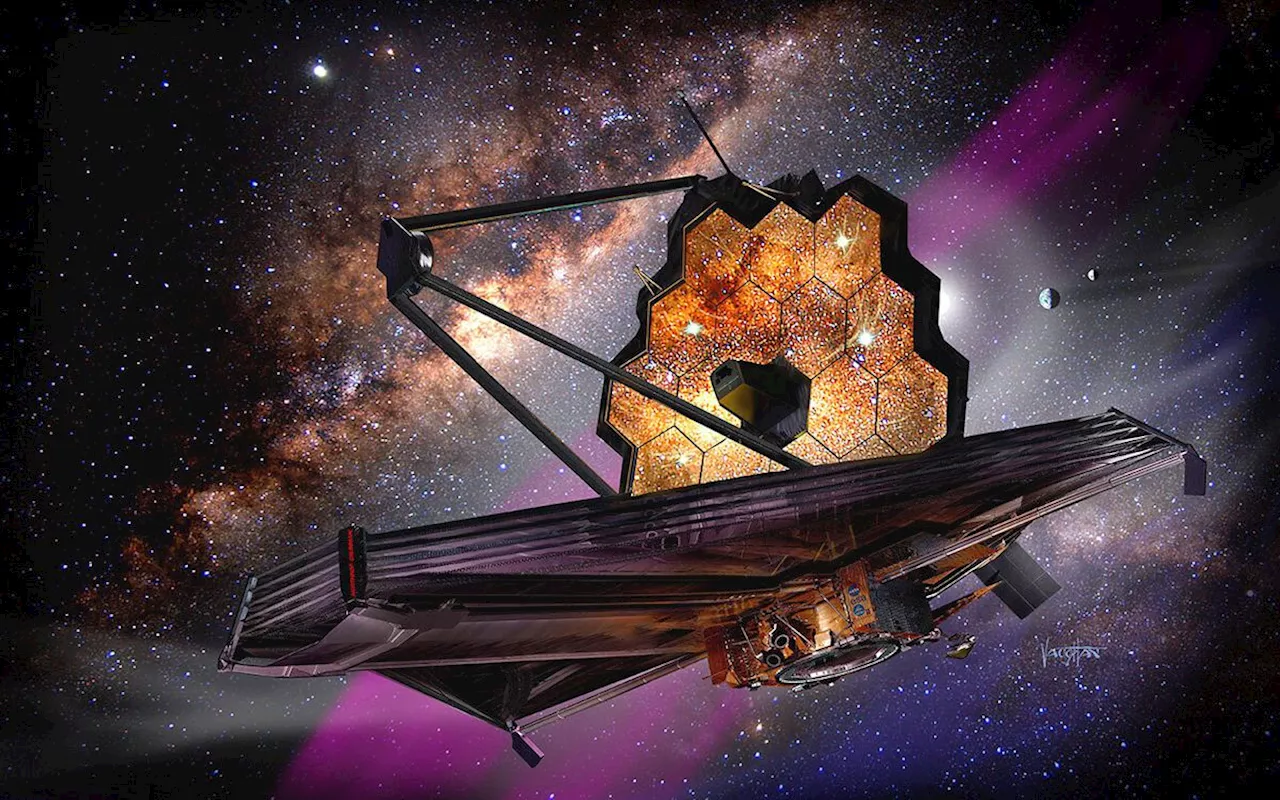 James Webb Space Telescope quiz: How well do you know the world's most powerful telescope?Ian is a freelance science and technology writer, and formerly the Tech and Entertainment Editor at Live Science & Space.com. With a degree in biology, a PhD in chemistry, and his previous role at Institute of Physics Publishing, Ian is taking a world tour through the different scientific disciplines.
James Webb Space Telescope quiz: How well do you know the world's most powerful telescope?Ian is a freelance science and technology writer, and formerly the Tech and Entertainment Editor at Live Science & Space.com. With a degree in biology, a PhD in chemistry, and his previous role at Institute of Physics Publishing, Ian is taking a world tour through the different scientific disciplines.
Read more »
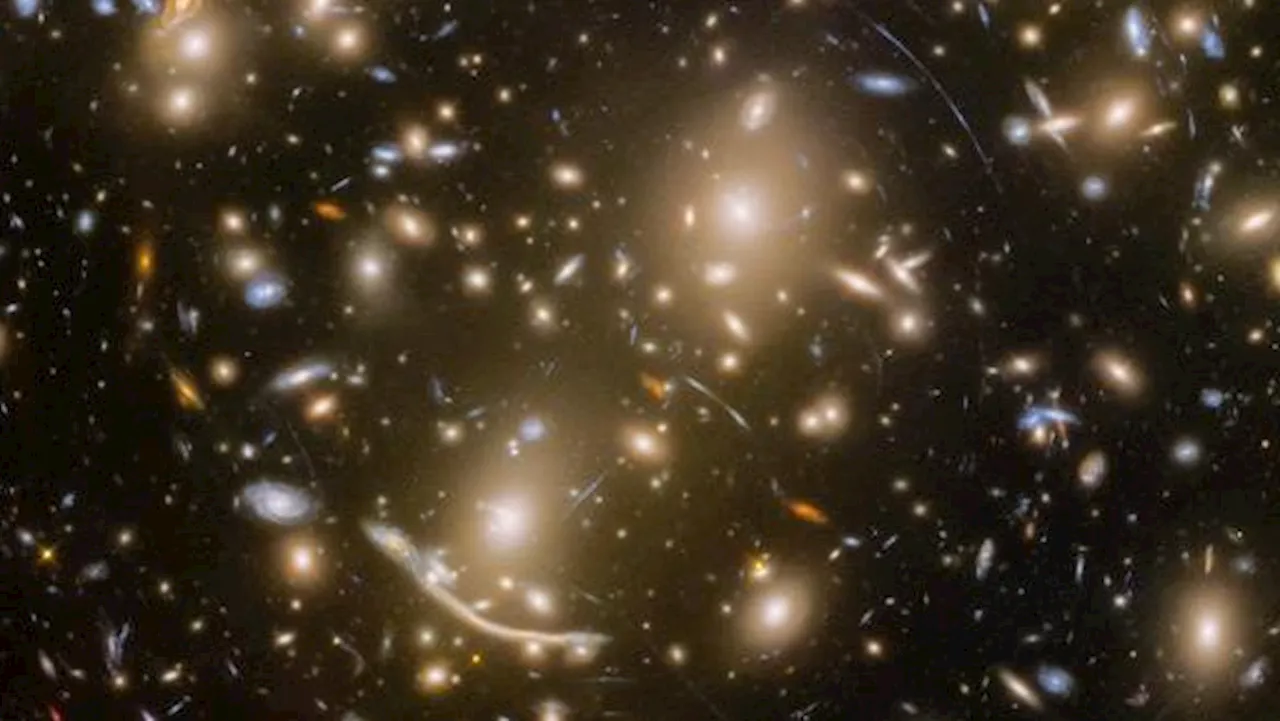 James Webb Space Telescope spots record-breaking collection of stars in far-flung galaxySharmila Kuthunur is a Seattle-based science journalist covering astronomy, astrophysics and space exploration. Follow her on X skuthunur.
James Webb Space Telescope spots record-breaking collection of stars in far-flung galaxySharmila Kuthunur is a Seattle-based science journalist covering astronomy, astrophysics and space exploration. Follow her on X skuthunur.
Read more »
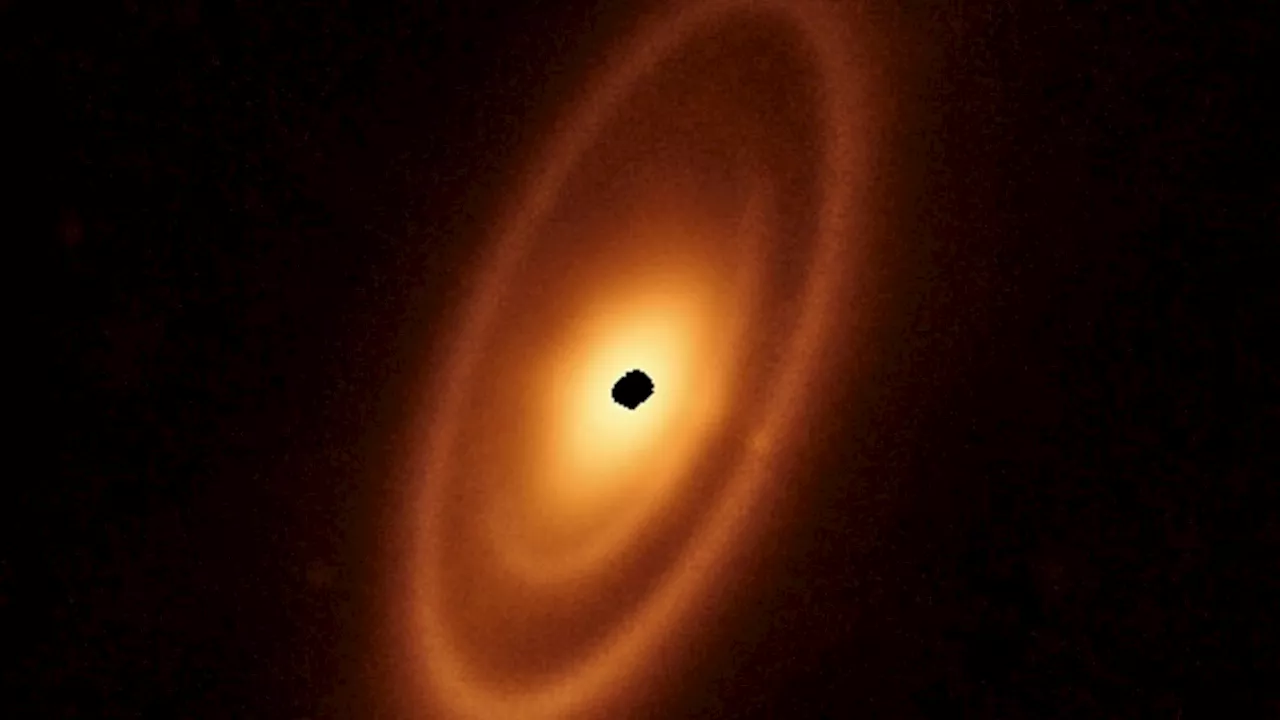 James Webb Telescope Reveals Hidden Asteroid BeltThe James Webb Space Telescope, while primarily designed to study distant galaxies and planets, has unexpectedly proven to be adept at detecting asteroids, even the smallest ones.
James Webb Telescope Reveals Hidden Asteroid BeltThe James Webb Space Telescope, while primarily designed to study distant galaxies and planets, has unexpectedly proven to be adept at detecting asteroids, even the smallest ones.
Read more »
 James Webb Telescope Reveals Unique Chemistry of Space Centaur ChironUCF researchers used the James Webb Space Telescope to study the surface chemistry of (2060) Chiron, a celestial object that orbits between Jupiter and Neptune, revealing unique properties compared to other centaurs.
James Webb Telescope Reveals Unique Chemistry of Space Centaur ChironUCF researchers used the James Webb Space Telescope to study the surface chemistry of (2060) Chiron, a celestial object that orbits between Jupiter and Neptune, revealing unique properties compared to other centaurs.
Read more »
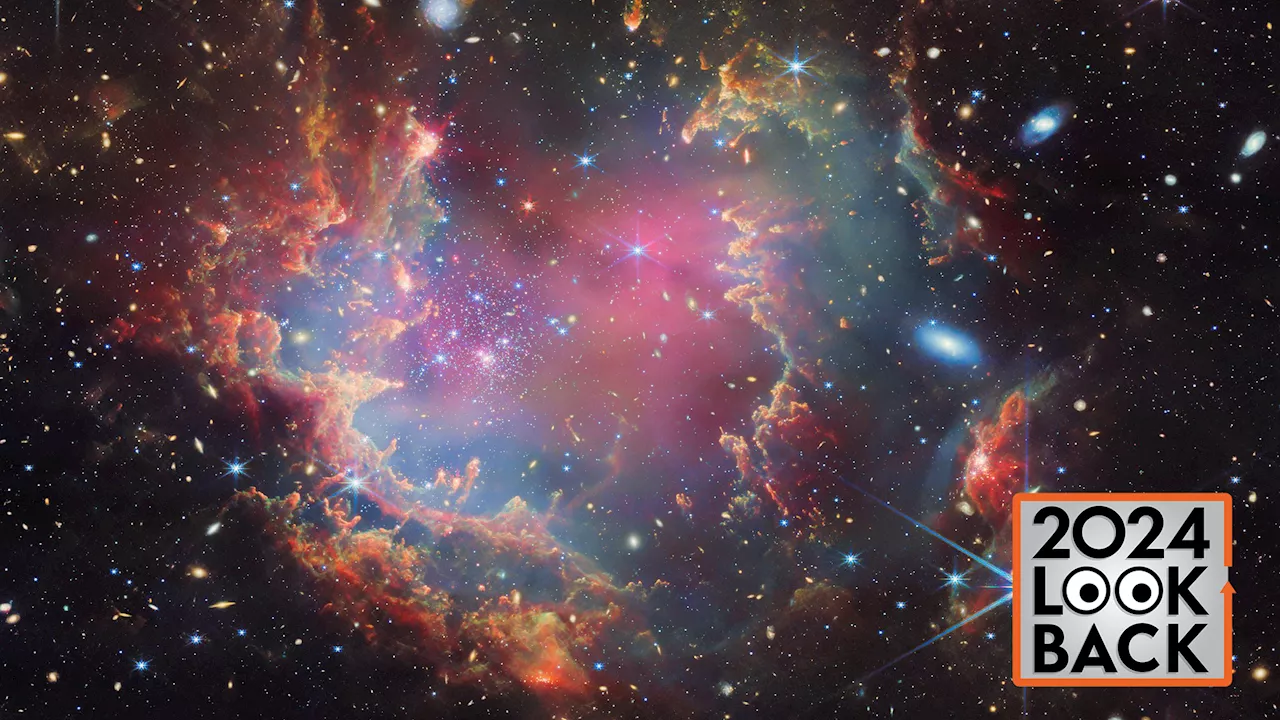 James Webb Space Telescope Captures Stunning Images in 2024The James Webb Space Telescope (JWST) continues to amaze with breathtaking images. This year, the JWST revealed stunning views of spiral galaxies, a hidden neutron star in a supernova remnant, and other distant cosmic marvels.
James Webb Space Telescope Captures Stunning Images in 2024The James Webb Space Telescope (JWST) continues to amaze with breathtaking images. This year, the JWST revealed stunning views of spiral galaxies, a hidden neutron star in a supernova remnant, and other distant cosmic marvels.
Read more »
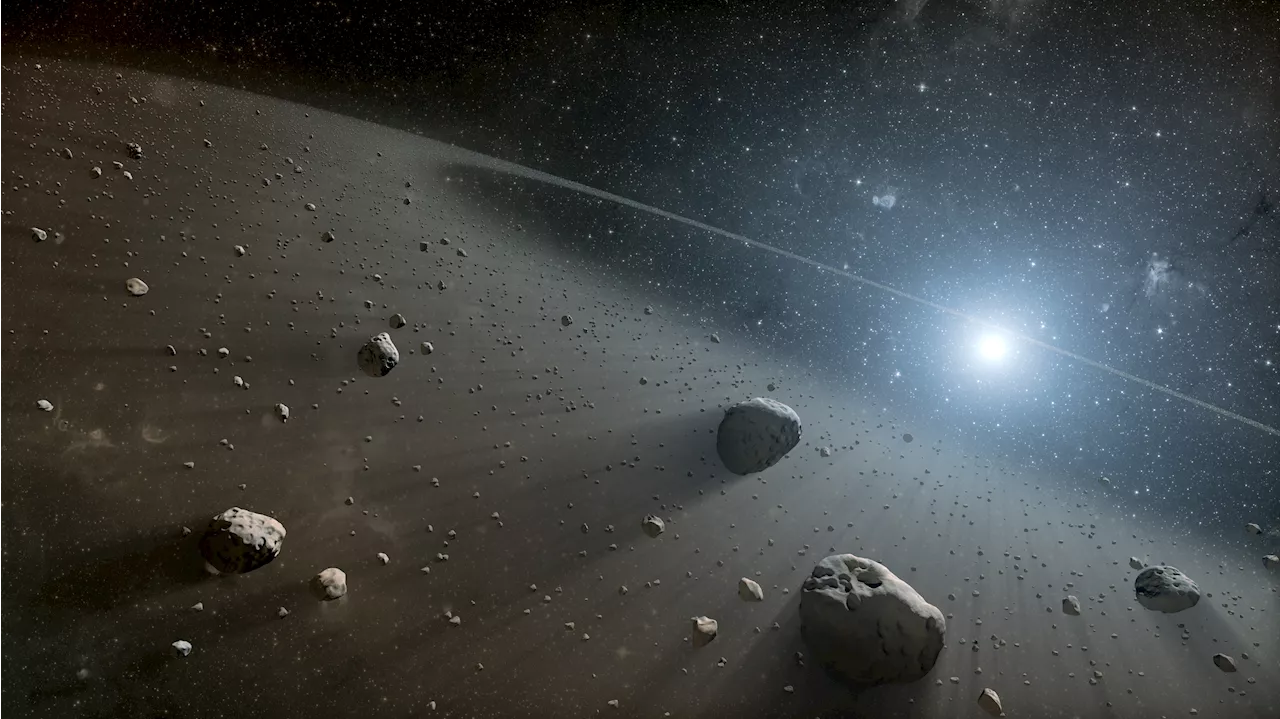 James Webb Space Telescope Reveals New Population of Small AsteroidsThe James Webb Space Telescope has been used to discover 138 new asteroids in the main asteroid belt, ranging in size from a bus to a stadium. This discovery provides valuable insights into the formation and evolution of asteroids, as well as the potential risks posed by near-Earth asteroids.
James Webb Space Telescope Reveals New Population of Small AsteroidsThe James Webb Space Telescope has been used to discover 138 new asteroids in the main asteroid belt, ranging in size from a bus to a stadium. This discovery provides valuable insights into the formation and evolution of asteroids, as well as the potential risks posed by near-Earth asteroids.
Read more »
